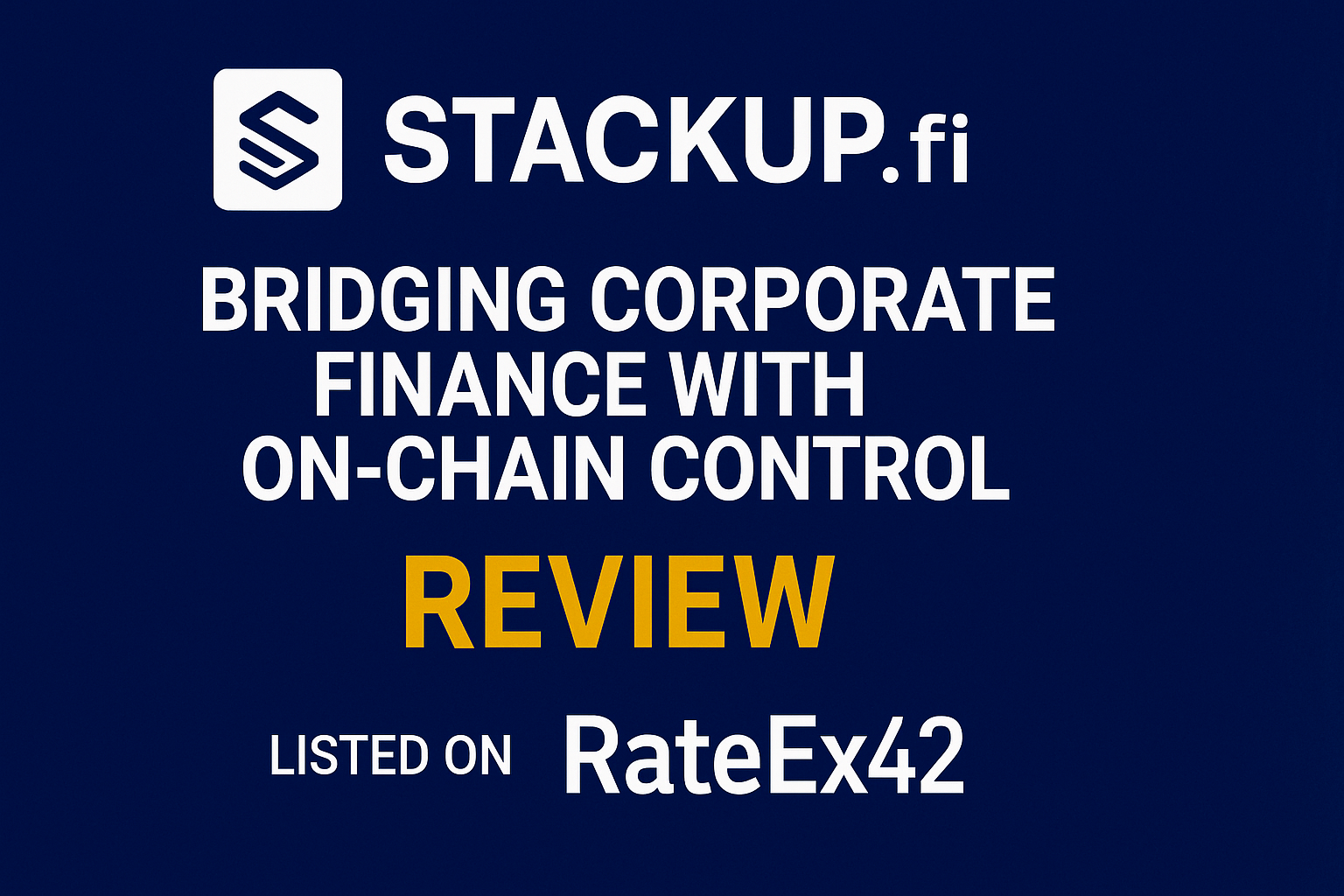Stackup.fi, developed by former SpaceX engineers, positions itself as the smart wallet solution for crypto-native organizations. It promises better control, automation, and team access — filling a gap between retail wallets and institutional custody platforms.
But as the crypto space matures, is Stackup solving a real problem, or adding another layer of complexity to an already fragmented infrastructure?
🧩 What Stackup Actually Offers
At its core, Stackup provides:
- Smart contract wallets with role-based permissions
- Support for batch transactions, scheduled payouts, and automated approvals
- Gas abstraction, enabling team members to sign transactions without needing native tokens
- ACH-based fiat on/off-ramp integration (U.S. only)
- Compatibility with Ethereum, Avalanche, and other EVM chains
The product targets growing crypto organizations that have moved beyond individual wallets but aren’t ready (or willing) to rely on custodians.
🎯 Problem vs. Solution Fit
The problem Stackup addresses is real:
Web3 teams often operate using shared wallets, offline spreadsheets, or ad hoc governance solutions. Security and operational consistency suffer.
However, the solution’s scope introduces trade-offs:
- Teams must trust Stackup’s contract architecture and wallet logic
- The abstraction layers may reduce transparency for some technical users
- Dependence on fiat integration providers can create off-chain vulnerabilities
So while Stackup may reduce internal friction, it does add surface area in terms of smart contract complexity and off-chain reliance.
⚠️ Key Considerations
| Topic | Assessment |
|---|---|
| Security Model | Audited contracts, but users depend on Stackup’s wallet logic rather than native keys |
| Onboarding Curve | High for solo builders; moderate for orgs with treasury processes already |
| Regulatory Positioning | Non-custodial, but with fiat integration risks depending on jurisdiction |
| Scalability | Promising, especially with passkey support and multi-chain compatibility |
| Vendor Risk | Medium — early-stage startup, no open-source fallback yet |
📉 Risks That Matter
- Central points of failure in fiat banking or gas fee relay infrastructure
- Operational lock-in if teams structure processes around Stackup logic
- Regulatory uncertainties as fiat-crypto gateways attract more scrutiny
- Lack of full decentralization — while not custodial, control still depends on a proprietary stack
🧠 Strategic Relevance
In an increasingly regulated and institutionalized crypto environment, products like Stackup represent a middle path between DeFi anarchy and full custodial control.
- For DAOs, it could help formalize workflows
- For startups, it could reduce errors and improve audit trails
- For regulators, it may provide better transparency — but also more off-chain complexity to assess
However, as MiCA and similar frameworks mature, the question will become:
Are semi-custodial, gas-abstracted wallets compliant by design — or vulnerable by default?
🧭 Final Assessment
Stackup.fi is a useful but non-neutral tool.
It improves operational efficiency for crypto teams but introduces new abstractions, dependencies, and governance questions. Whether that trade-off is worth it depends on the organization’s size, region, and appetite for vendor risk.
🗂️ Full compliance & risk profile now available via RateEx42:
https://listings.ratex42.com/listings/stackup-ratex42-compliance-trust-profile/



